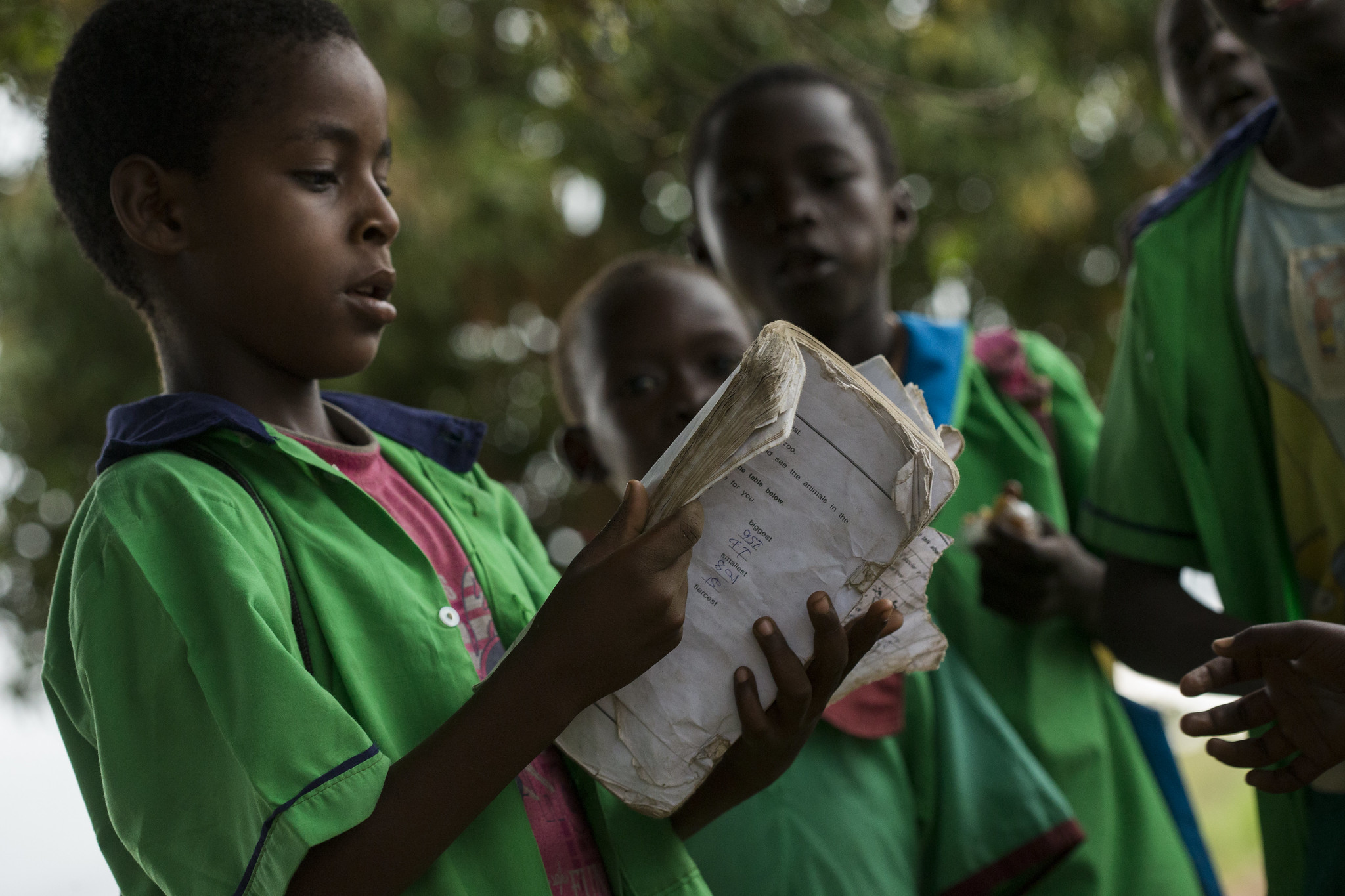In this world of compound risks, the impact of a single shock—be it an extreme weather event or a health emergency or an armed conflict—can amplify existing stresses and potentially initiate a cascade of new shocks. As countries everywhere make every effort to protect and advance development gains in this reality, the path to resilience will undoubtedly be more difficult for countries affected by fragility, conflict, and violence (FCV).
The world’s youngest nation, South Sudan, is no exception, as it strives to rebuild after two civil wars in the face of the COVID-19 pandemic, a changing climate, and recurring natural hazards, particularly droughts and floods. Against this backdrop, GFDRR has provided financial and technical support toward an in-depth analysis of the challenges and opportunities that lie at the nexus of disaster risk management (DRM) and FCV risks in South Sudan. With an eye to informing and driving resilience building in the country, the analysis, which has been completed, will also help build an evidence base on which to anchor similar efforts targeting compound risks in FCV settings elsewhere.
In undertaking the analysis, a key first step was to systematically map the disaster and FCV risks in all 10 states of South Sudan. To start off this first phase of the work, the technical team collected spatial data on hazards, as well as the exposure of populations, settlements, and buildings to these hazards. The team also collected FCV-related spatial data, including data on conflict fatalities, food insecurity, and forced displacement.
The hazard and exposure data were then overlaid with the FCV-related spatial data, enabling the team to develop a composite score of disaster and FCV risks, or Disaster-FCV Vulnerability Index, for the states of South Sudan. A key finding that emerged is that the index varied considerably across states, with some of the most conflict-affected states— such as Unity and Jonglei—among those scoring the highest composite score. A World Bank team has used the Disaster-FCV Vulnerability Index to help inform the second phase of the Bank’s $45-million, IDA-financed Enhancing Community Resilience Project (ECRP) in South Sudan.
The technical team then turned its attention to assessing how communities on the ground have been impacted by the nexus of disaster and FCV risks and, just as importantly, how these communities have responded. This second phase of the assessment drew on extensive research, as well as in-depth interviews and focus group discussions with community members, government officials, and other key stakeholders, with a focus on counties that are generally representative of the disaster and FCV risks in South Sudan.

Children at Kapuri School, South Sudan. Photo: United Nations Photo licensed under CC BY-NC-ND 2.0.
One of the most sobering findings is that many community members are struggling to cope with the increasing frequency with which they are wrestling with compound risks. For instance, in a number of communities, the increase in the severity of floods and droughts appears to have contributed to a subsequent rise in the number of community-level conflicts. This finding was later supported by a GFDRR-financed remote damage and needs assessment of the devastating seasonal floods in South Sudan that occurred between July and October 2020. Moreover, women, girls, and internally displaced populations (IDPs) were found to be most vulnerable to these compound risks.
More promisingly, however, it was also revealed that, even as they remain highly reliant on foreign aid organizations for post-disaster assistance, community members are taking concerted actions to ensure that they can carry out their lives and livelihoods despite the often-difficult circumstances. For example, in Aweil East County, crops such as groundnuts, which can be stored easily, are being planted so that the community can have access to food supplies even if other crops are destroyed. Meanwhile, in Nasir County, locally built dikes have been rehabilitated to protect crops and shelters from flood hazards.
Drawing on these findings, the technical team has since developed recommendations that will inform the government of South Sudan’s ongoing development of a comprehensive DRM strategy. Recommendations include addressing the need to establish a national approach to collecting data on disaster and FCV risks, as well as the need to establish coordinating bodies at both the national and state levels that are focused on tackling the nexus of disaster and FCV risks. Moreover, it is also recommended that the national government mobilize the community engagement highlighted in the assessment as part of an effort to advance the sustainability of its forthcoming DRM strategy.
LESSONS LEARNED
When designing and implementing a DRM intervention, it is critical to consider the full range of interconnected and often compound risks affecting people and communities, including those that lie at the nexus of DRM and FCV. As highlighted by this engagement, siloed approaches, which consider only one set of risks in isolation, are typically not able to grasp how risks interact with one another. This isolation often has grave impacts that could be counterproductive to resilience building.
